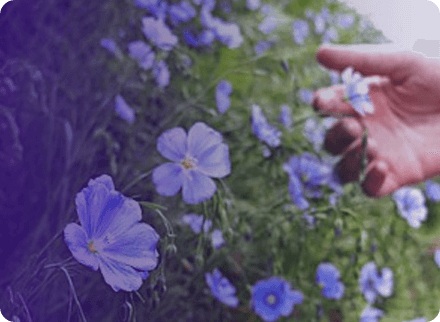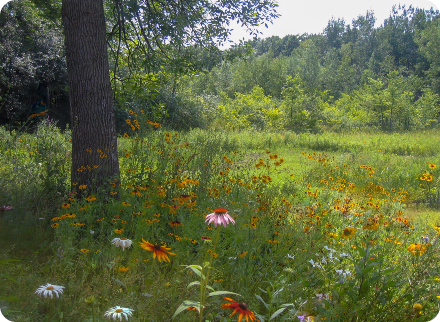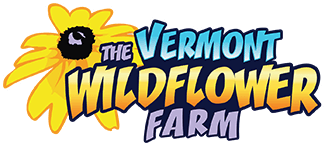Vervain Blue Seeds (Verbena hastata)
Vervain Blue Seeds (Verbena hastata)
 Yes!
This Item is Available
Yes!
This Item is Available
 Sorry!
This Item is not Available
Sorry!
This Item is not Available
Couldn't load pickup availability
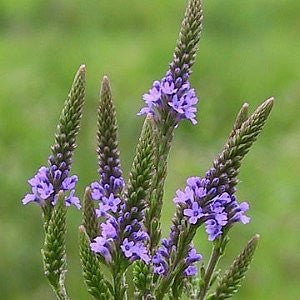
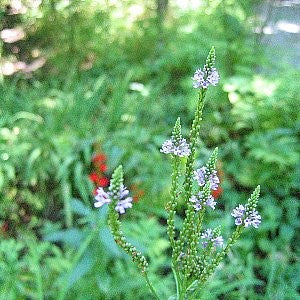
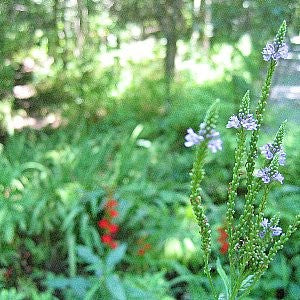

Don't Forget: Free Shipping on All Orders of $39 or More!
BLUE VERVAIN - Verbena hastata - Vervain grows three to five feet high, with opposite leaves of a deep blue to purplish. It is a perennial found growing wild by roadsides and sunny pastures, bearing many small pale-lilac flowers. Used as an herb to aid in bladder afflictions, lung and other ailments.
Zones: 4 through 9
Height: 3 to 5 ft.
Flower Color: Blue/Purple
Plant Type: Native Perennial
Light Requirement: Sun - Partial Shade
Bloom Time: Summer
Seeds per Packet: 500+
Seeds per Pound: 1,600,000
Is this wildflower invasive: No
Is this wildflower endangered: No
Is this wildflower edible: No
Is this wildflower medicinal: Yes
Germination Code: 1 - Native wildflowers take time to establish. Usually germinate upon sowing in a warm location like any other perennial. They grow and leaf the first year to begin blooming the second and successive years.
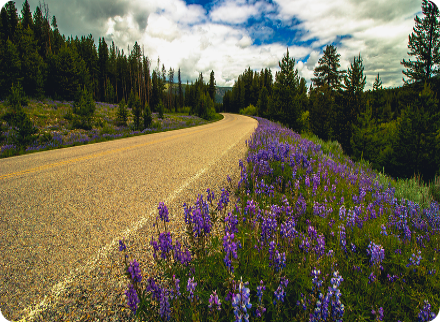
We offer CUSTOM Seed Mixes for All Your Projects!
We've got you COVERED for Landscape
Management, Conservation & More!
